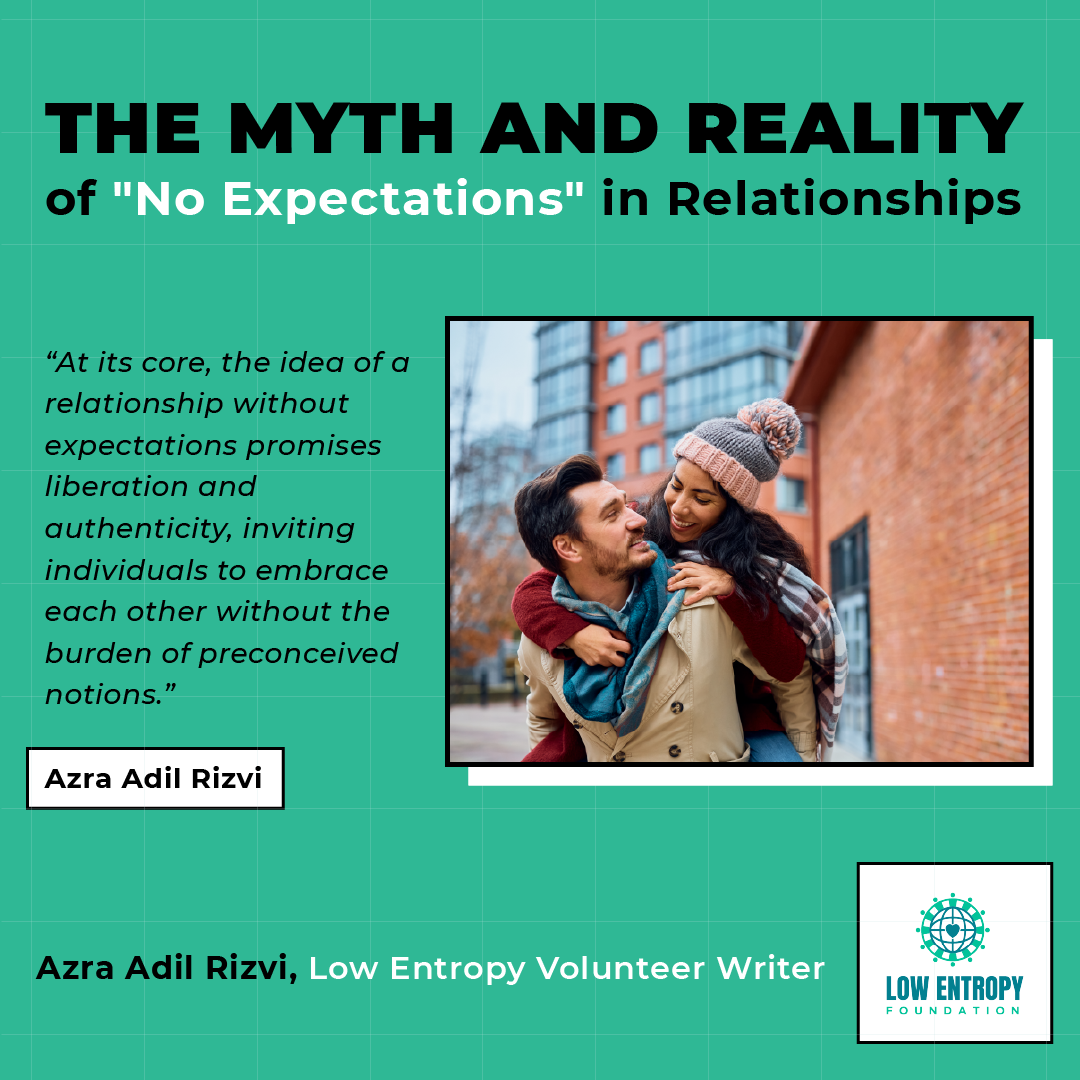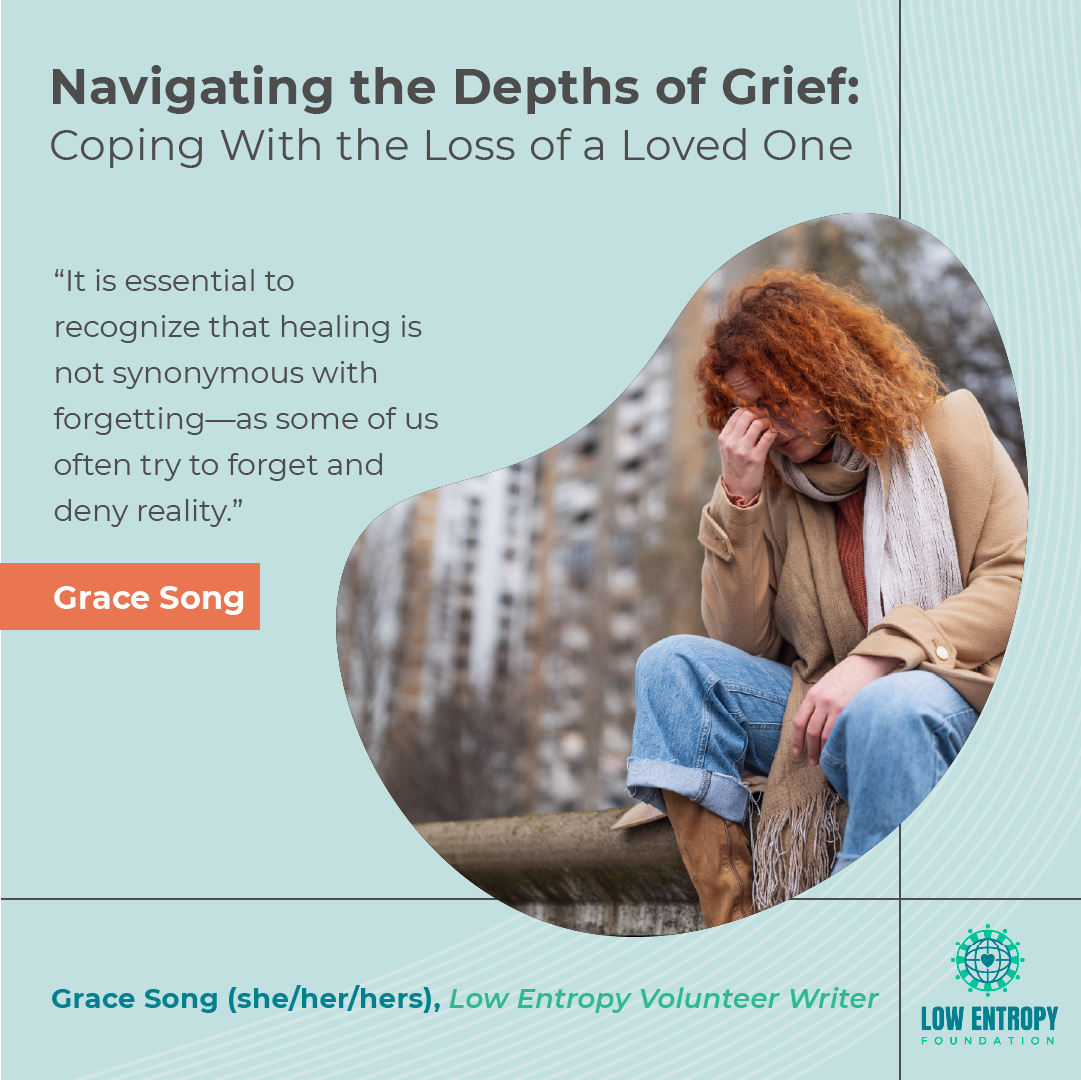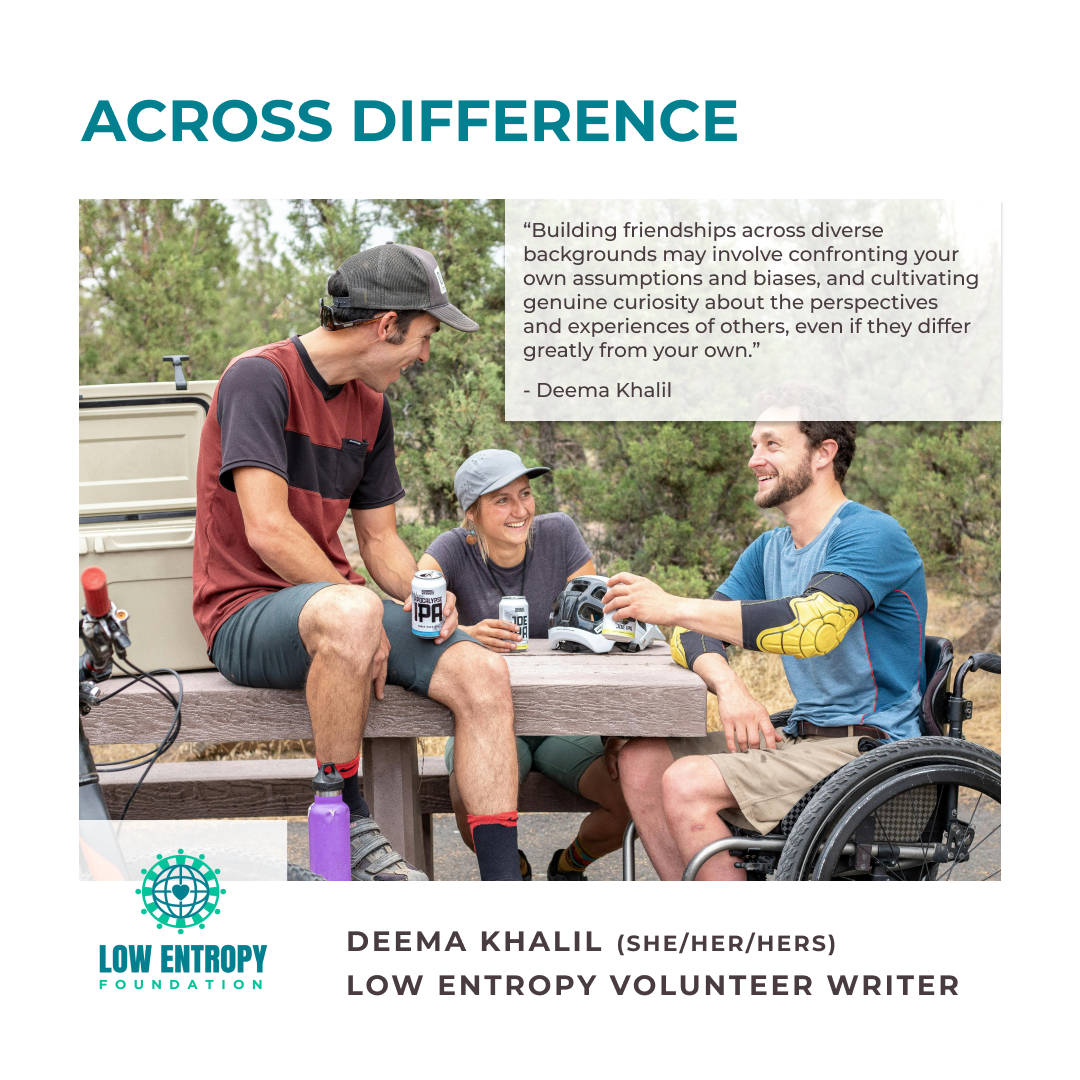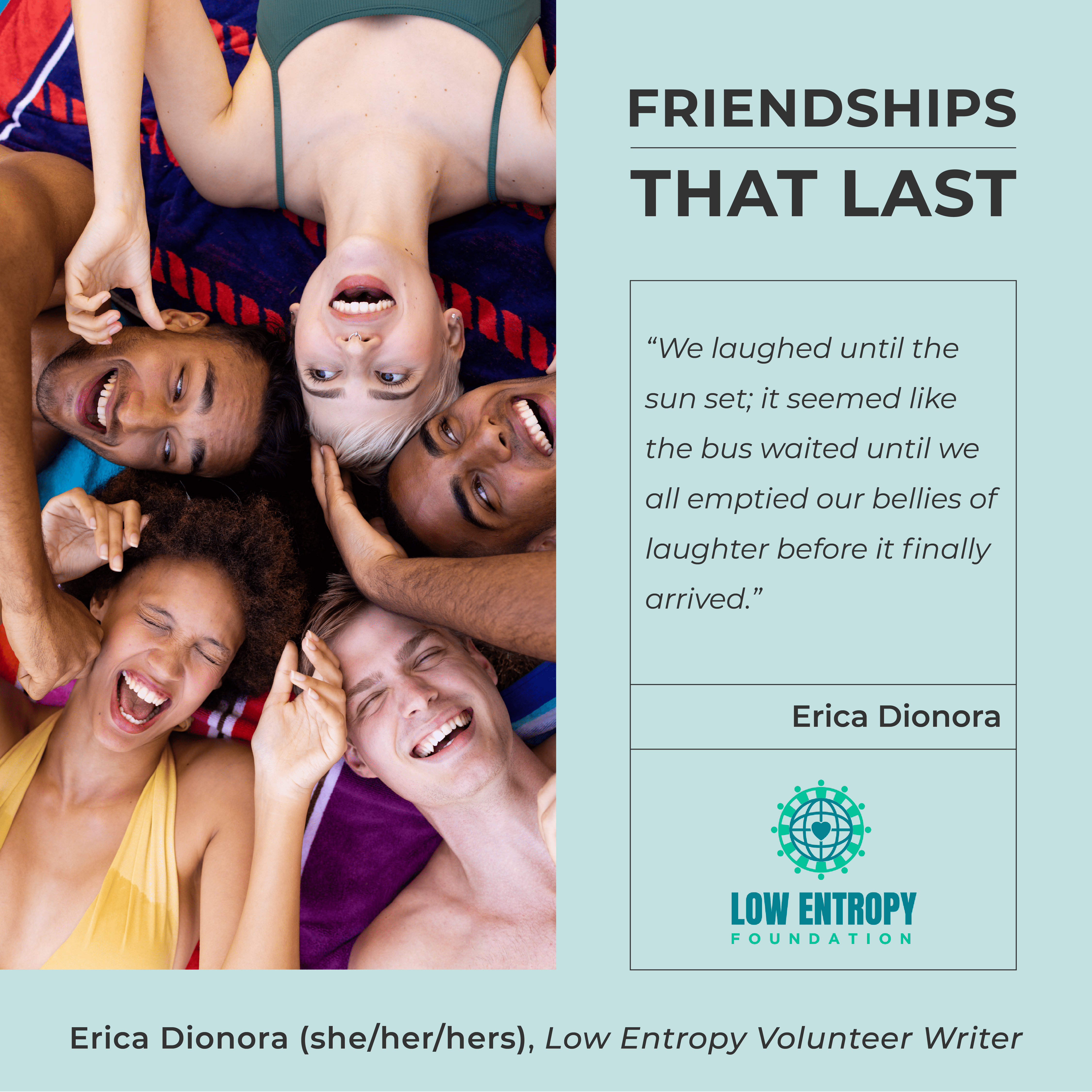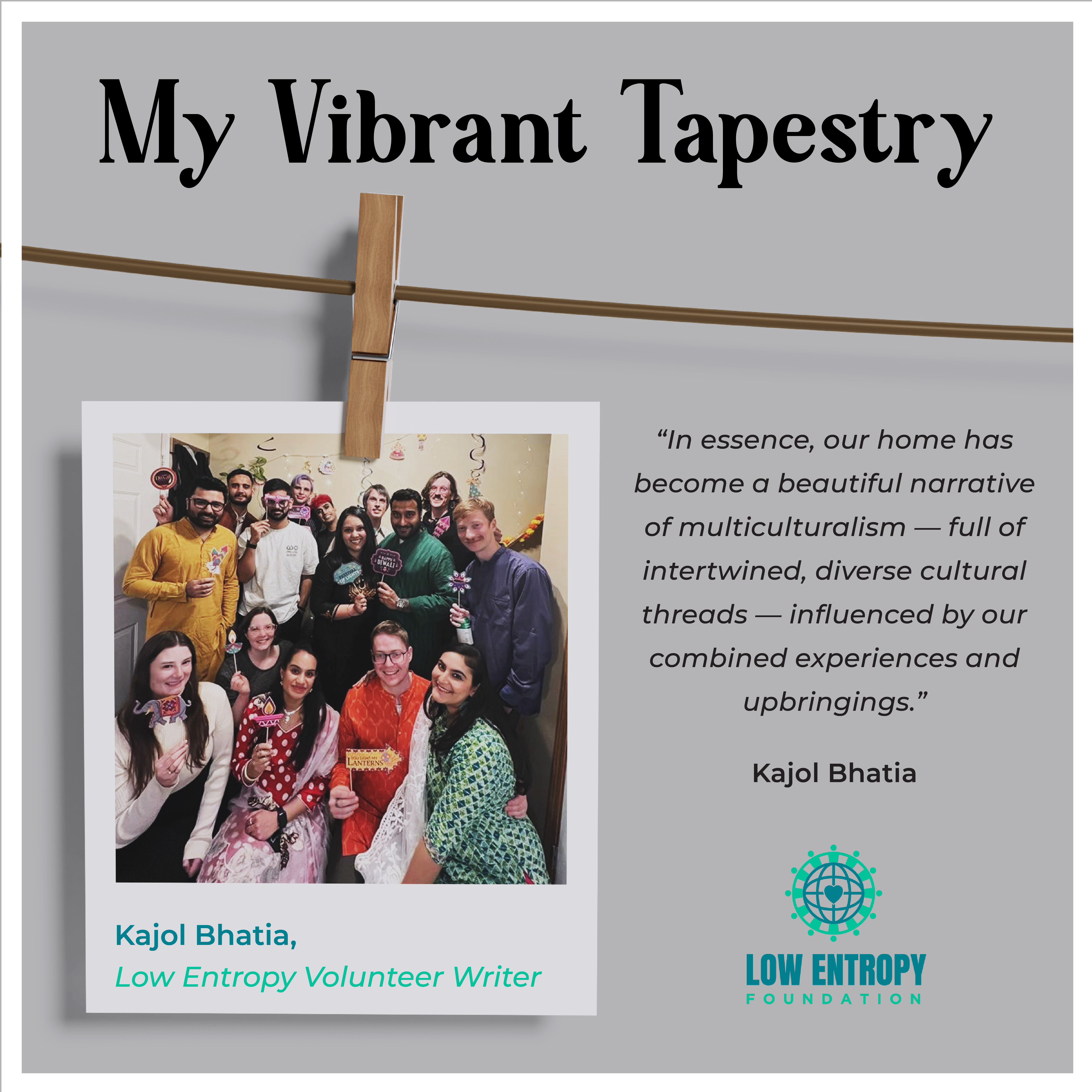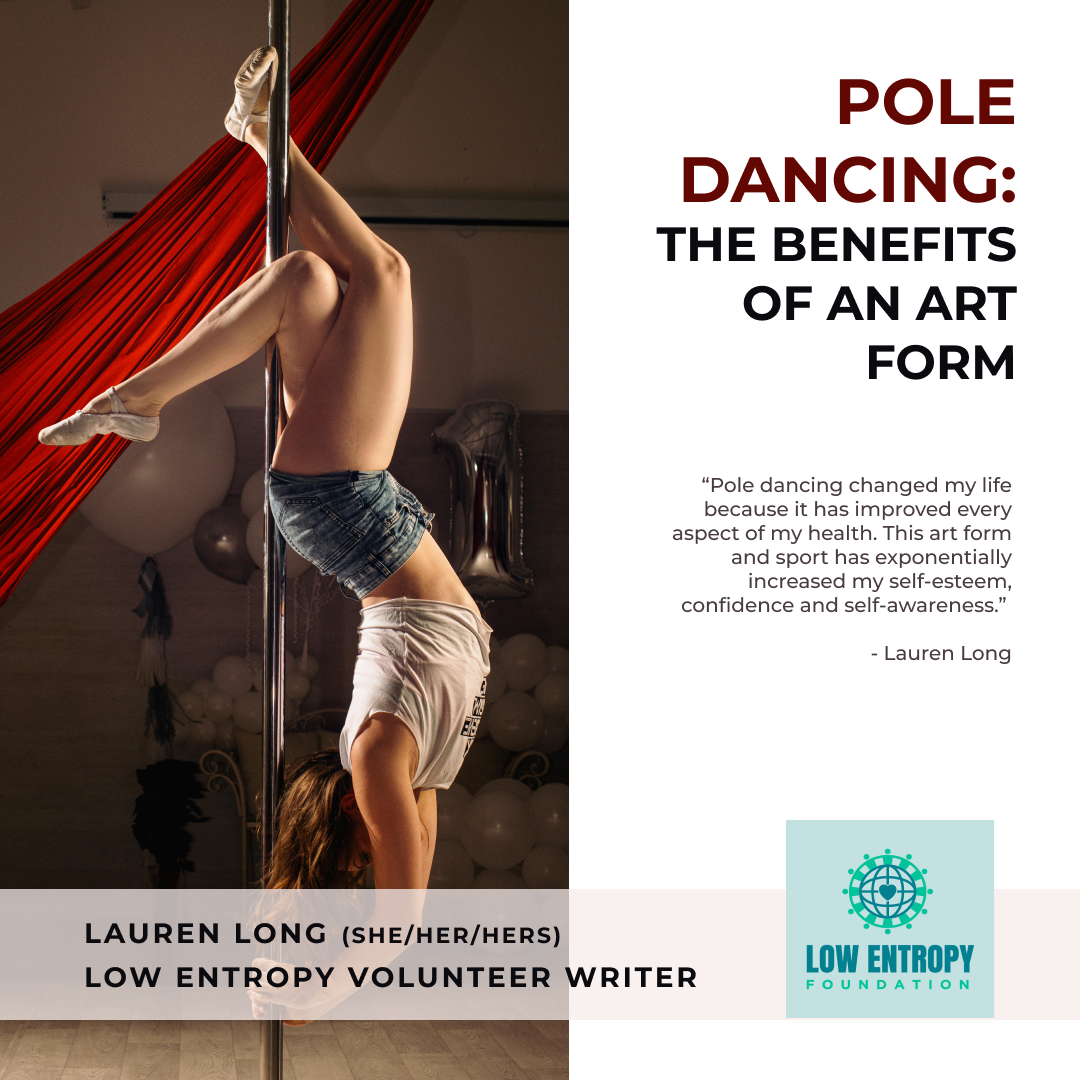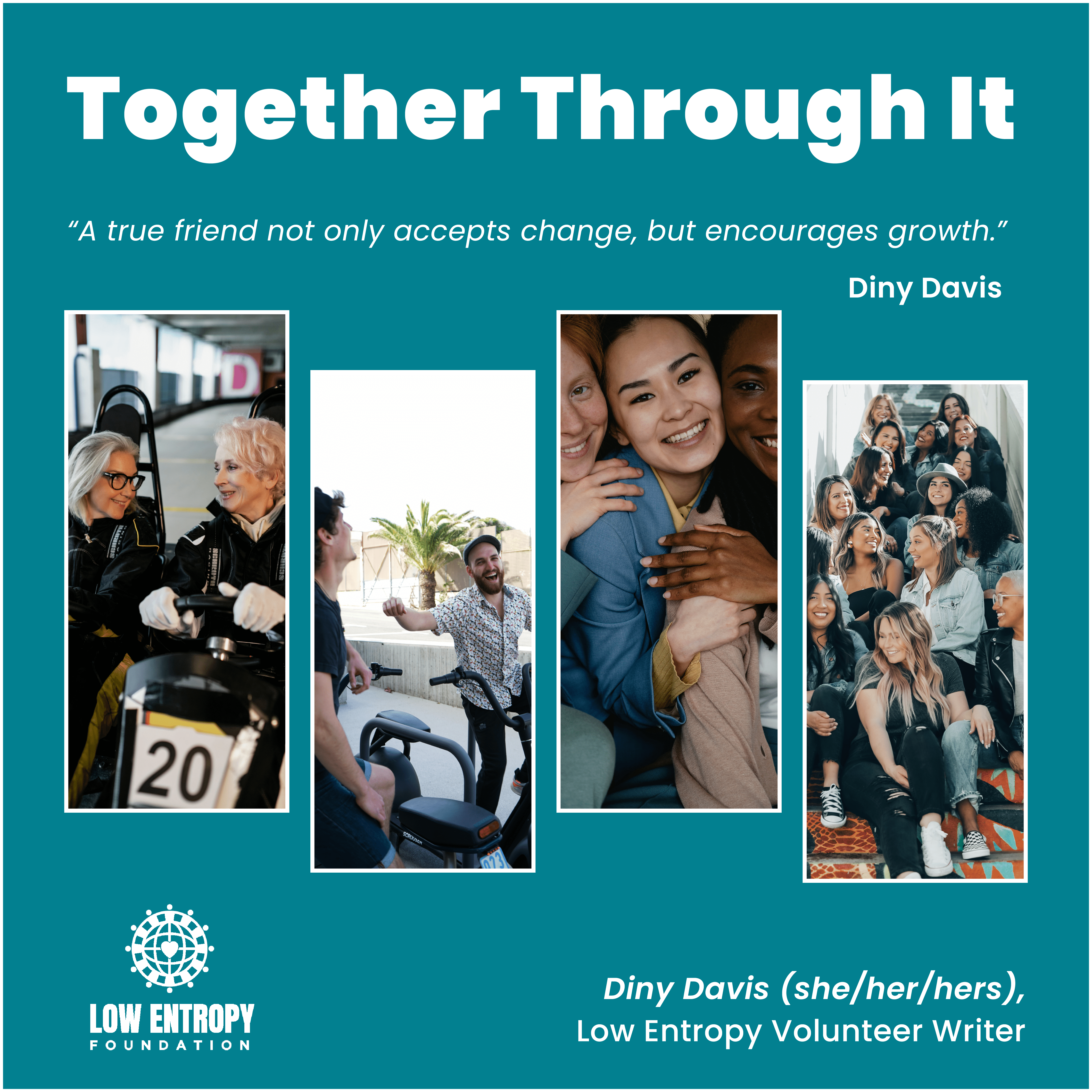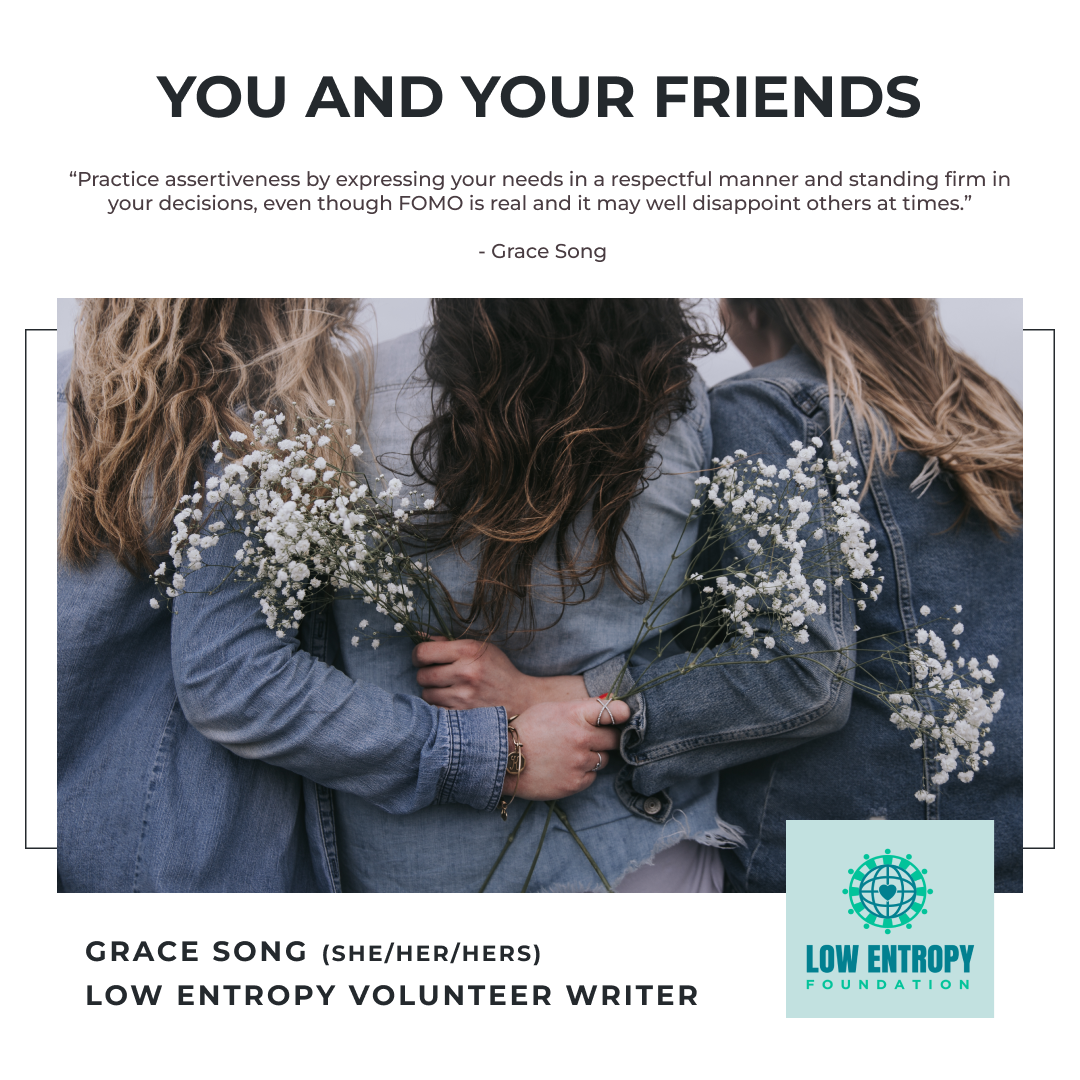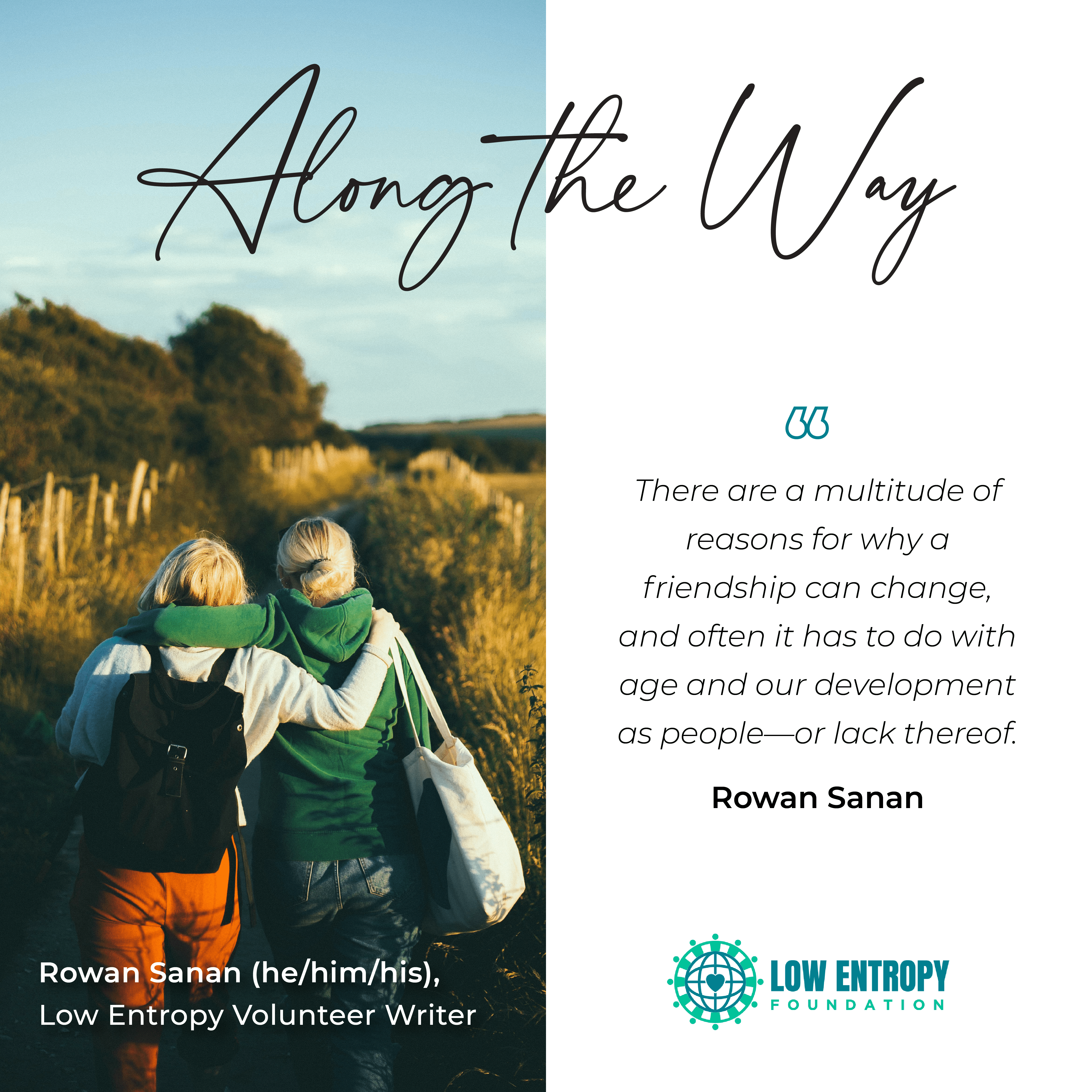Azra Adil Rizvi, Low Entropy Volunteer Writer
In the kaleidoscope of modern relationships, the concept of “no expectations” has emerged as both a captivating ideal and a buzzword of today. It paints a picture of love unbound by societal norms, where partners traverse their connection without the shackles of predefined roles or obligations. But amidst this romantic allure lies a labyrinth of complexities and challenges, shaping the very fabric of human connection. Let’s delve into the myth and reality of “no expectations” in relationships, exploring its impact on sustainability through the lens of diverse experiences.
At its core, the idea of a relationship without expectations promises liberation and authenticity, inviting individuals to embrace each other without the burden of preconceived notions. Take Sarah and Alex, for instance, two free spirits who embarked on a journey of love guided by the mantra of “no expectations.” Their bond was built on spontaneity and shared experiences, each moment unfurling with the unpredictable rhythm of life. For them, the absence of expectations was a gateway to uninhibited expression, a canvas upon which they painted their unique story of love.
Yet, as their relationship evolved, cracks began to appear beneath the surface. Without the scaffolding of expectations, they found themselves adrift in a sea of uncertainty, unsure of where their journey was leading. While they revelled in the freedom of the moment, they struggled to reconcile their individual desires with the collective needs of their partnership. What began as a liberating philosophy soon became a source of tension and discord, highlighting the complexities inherent in navigating a relationship without expectations.
Contrast Sarah and Alex’s story with that of Emily and Michael, a couple who embraced the principles of “no expectations” with a different perspective. For them, the absence of expectations was not a license for recklessness or indifference but a commitment to mutual respect and understanding. Their relationship was grounded in open communication and shared values, each partner honoring the autonomy and agency of the other. While they cherished spontaneity, they also recognized the importance of setting boundaries and clarifying their needs and desires.
In the midst of their journey, Emily and Michael faced challenges and conflicts like any other couple. Yet, their commitment to navigating these obstacles with grace and empathy strengthened the foundation of their bond. They understood that while “no expectations” offered freedom, it also required responsibility and accountability. Through their shared journey, they discovered that true liberation lay not in the absence of expectations, but in the willingness to navigate them with compassion and understanding.
The allure of “no expectations” extends beyond romantic relationships, permeating the fabric of friendships and familial bonds. Consider the story of Maya and Jenna, lifelong friends who embraced the philosophy of “no expectations” in their sisterhood. Their friendship was a tapestry of shared laughter and tears, each moment woven with the thread of unconditional love. For them, the absence of expectations was a testament to the depth of their connection, a sanctuary where they could be their authentic selves without fear of judgment or rejection.
Yet, even in the sanctuary of their friendship, Maya and Jenna confronted moments of tension and disagreement. Without the clarity of expectations, misunderstandings arose, threatening to unravel the fabric of their bond. However, through honest communication and a shared commitment to understanding, they emerged stronger than before, their friendship deepened by the trials they faced together.
In the landscape of modern relationships, the allure of “no expectations” persists as a beacon of freedom and authenticity. It invites individuals to embrace love without constraints, to forge connections guided by the rhythm of their hearts. Yet, beneath its romantic veneer lies a nuanced reality—one fraught with challenges and complexities. The sustainability of relationships built on “no expectations” hinges not on the absence of conflict, but on the willingness to confront it with courage and compassion.
Ultimately, whether navigating the terrain of romantic partnerships, friendships or familial bonds, the journey of “no expectations” is a testament to the resilience of the human spirit. It invites us to embrace the uncertainties of love with open hearts and open minds, to cultivate connections grounded in mutual respect and understanding. In the dance of human connection, the myth and reality of “no expectations” converge, shaping the tapestry of our lives with its intricate weave of freedom and complexity.
—
Leave your thoughts for Azra in the comments below. You can also follow us on Facebook, Instagram, TikTok, Twitter and YouTube to stay up-to-date with Low Entropy news!







